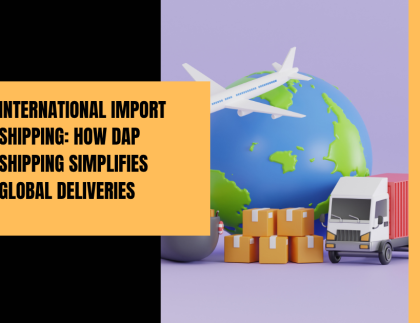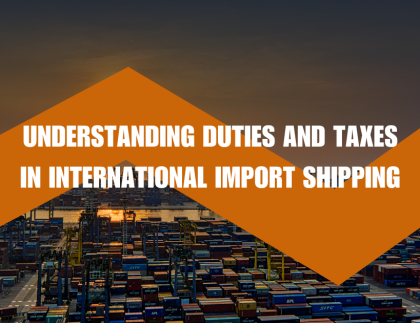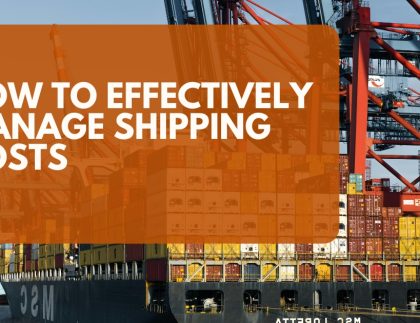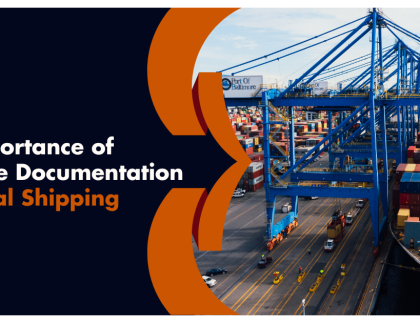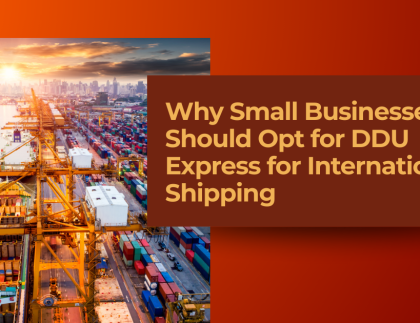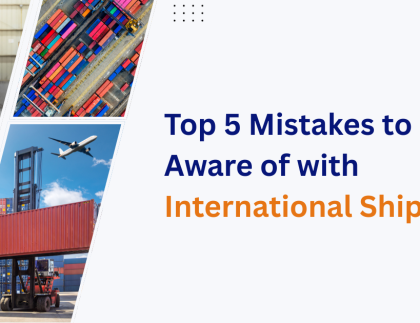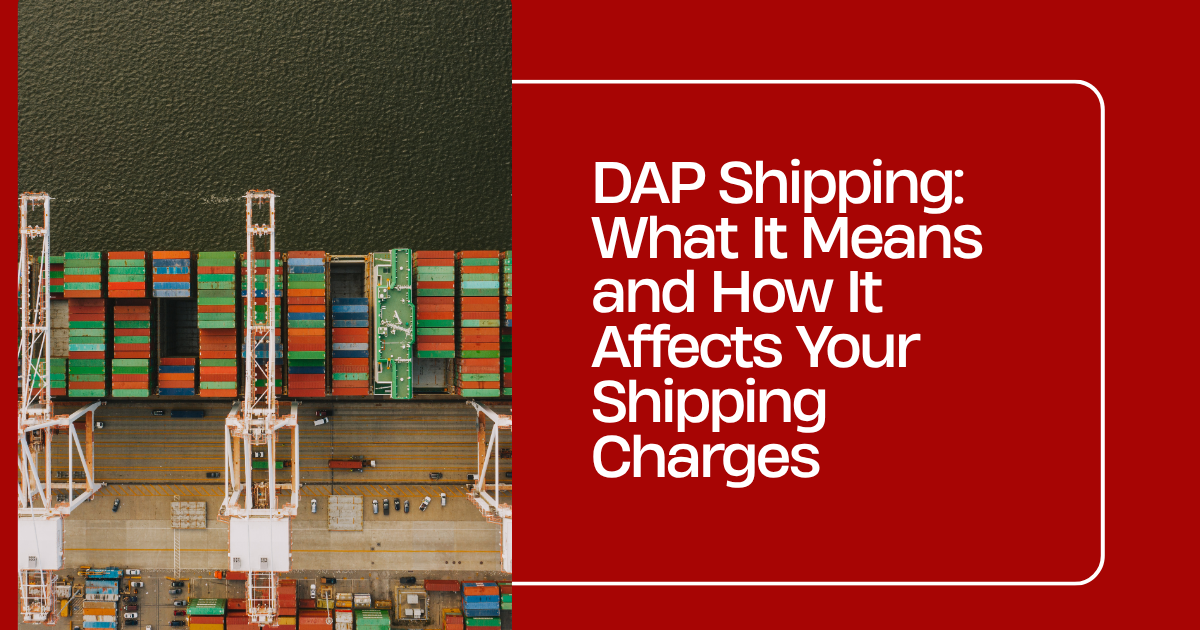
Introduction
The selection of the appropriate Incoterm makes or breaks your logistics plan when it comes to international trade. Delivered at Place, known as DAP Shipping, is perhaps one of the most popular among global sellers today, as it simplifies international delivery while keeping shipping charges transparent between buyers and sellers.
Here, we explain what DAP shipping means, how it works, and most importantly, how it influences your total shipping charges and import costs.
DAP Shipping: What is it?
DAP stands for Delivered at Place. It is an Incoterm utilized in international trade, specifying the seller’s and buyer’s responsibilities in the delivery of goods.
Under DAP, the seller bears all the costs and risks up until the goods reach the destination country of the buyer. The buyer also takes the responsibility for import duties and taxes once the shipment is in customs.
In simple terms, DAP means that the seller handles most of the delivery path to your doorstep or a local warehouse.
⚙️ How DAP Shipping Works
Here’s a brief overview of the DAP process:
- Seller Prepares Goods: This involves the seller packing and labeling the goods to be exported.
- Export Customs Clearance: The seller is responsible for export documentation and customs clearance.
- Main Transport – The seller pays the cost of International freight and all charges arising until arrival at destination.
- Arrival at Destination: The buyer arranges for import customs, duties, and local delivery from the port, if not door-delivered.
This makes DAP the perfect choice for an e-commerce seller or a B2B exporter who wishes to offer a seamless, global buying experience without fully taking on import fees.
How DAP Shipping Impacts Your Shipping Charges
With DAP shipping, the shipping cost is generally higher for the seller because it includes most of the transportation costs, such as:
- Packing and preparation of products for export
- Freight cost to the buyer’s country
- Destination ports’ terminal handling fees
- Insurance or tracking -optional-
However, for the buyer, DAP does provide cost predictability: apart from import duties and taxes, which are specific to each country and product type, no other charges are payable.
Pro Tip: Sellers can include the estimated shipping charges within product pricing to offer a “no surprise” checkout experience for international customers.
DAP vs DDP vs FOB – Key differences

As you may notice, DAP strikes a balance in that it reduces the buyer’s shipping hassle while keeping the costs manageable for the seller.
Why Businesses Prefer DAP Shipping
- Transparency: clear division of responsibility and shipping charges.
- Customer Trust: Buyers know exactly what to expect upon arrival.
- Simplified Logistics: The seller handles most of the journey or process for timely delivery.
- Scalability: Perfect for small to mid-sized exporters expanding globally.
Conclusion
DAP shipping is the smart choice for international sellers who seek to simplify global deliveries while keeping control over shipping charges. It offers flexibility, transparency, and cost efficiency, which are some of the ingredients of a successful cross-border e-commerce business. Whether you are shipping consumer electronics, apparel, or machinery, DAP gives you and your customers peace of mind from origin to destination.

